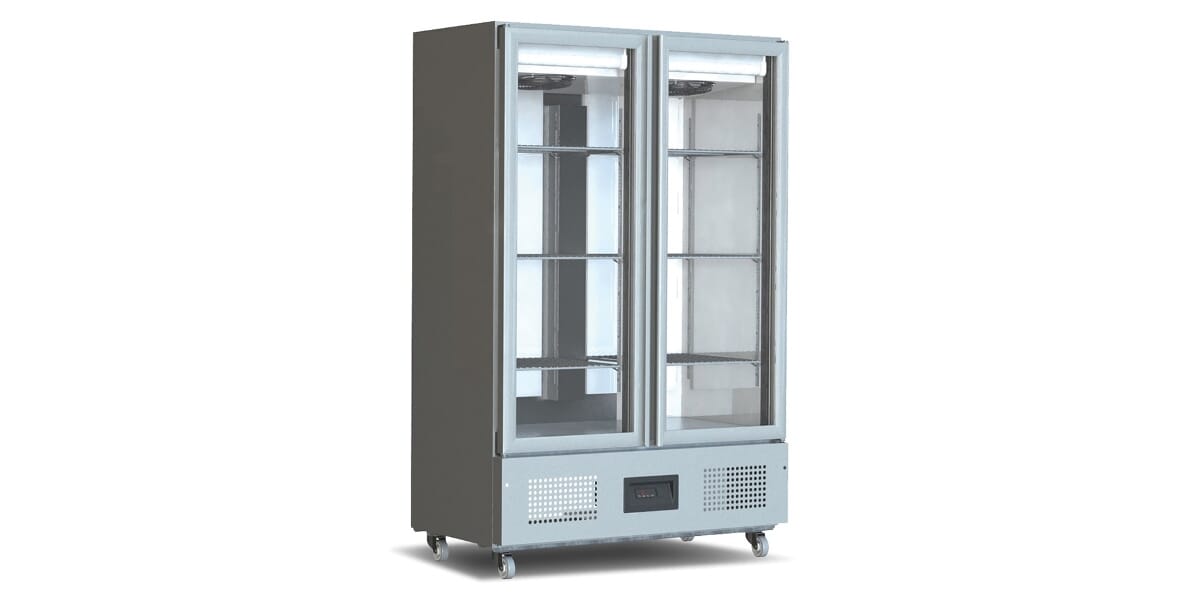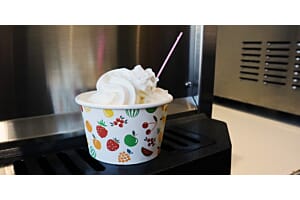
Commercial Refrigeration
What type of refrigerator do I need?
The main factor to decipher is “What fridge do I need?” The amount of different units available can be daunting and it can be hard to decide what is best for your commercial premises.
Upright Refrigeration
The main type of fridge is a standard upright cabinet. These units provide customers with a free standing tall space to store chilled or frozen goods. Height is normal the main factor with these so it is important to measure the space you have to make sure you can fit these tall units. These units are normally used to store stock that the chef doesn’t need straight away as it is important to keep them away from warm spots.
What am I storing?
If you are looking to store frozen stock, you will need a unit that’s temperature goes down very low normally ranging from -18°C to -24°C. A fridge is a smart choice if you want to store fresh produce or goods you want to be able to work with straight away. Fridges range from +1°C to +10°C. It is important to note that if you want to store fresh meat then you will need to get the right cabinet as they cannot be stored alongside other food. Meat isn’t like normal produce in that it can be kept at +5°C. Health and safety regulations state that meat must be stored at -2°C to +2°C. The same goes for fish, they require a special cabinet as they are high risk foods. Fish fridges normal come with a drainage system and special storage trays to reduce contamination risk.
Counter Refrigeration
A lot of premises don’t want to sacrifice precious work space for dedicated food storage. Or if a lot of food is cooked to order people don’t want to be moving back and forth around a busy kitchen to get food stock. This is where you may need a Countertop Fridge or Freezer. These units have a stainless steel work top that you can use as a work surface to preparing food. With convenient under storage your chef can access what he needs all in one space to avoid congestion in your kitchen. In addition to counter fridges, prep counters come with built in salad storage. This allows chefs to prep there salad prior and have easy access to it when preparing meals. There are also specialised pizza prep counters to store prepared pizza toppings to streamline the production.
How to look after your Fridge/Freezer
Fridges and Freezers aren’t self-maintaining. They will require work to keep them running smoothly and keep your food at the right temperature.
How a fridge works
Refrigerant travels through the compressor where it is constricted to raise its pressure which forces it to the condenser where to turns from vapour to liquid, goes through the condenser coils, giving off heat in the process. The liquid then travels through the evaporator coils inside the unit absorbing the heat. Then back to the compressor and is turned back into a vapour and the process starts again. It is essentially like sweat on your skin, as it evaporates you feel cooler.
How to Maintain that process
As you can imagine, if part of that process fails, the whole system begins to suffer. The main thing to do is clean your unit. A dirty fridge will not function correctly and dust and grime create and insulation layer on the condenser which causes it to over work. You can check this by pulling your fridge out from the wall and if your unit is bottom mounted the compressor will be sat on the floor.
If the unit is top mounted it will be at the very top of the unit and may be a bit more difficult to access. Next to the compressor is a condenser fan. Make sure this isn’t block by any debris or covered in dust. Make sure your evaporator is not covered in ice; this can be solved by defrosting your unit. If your unit is an automatic defrost then it make be an indication your unit has a fault.






